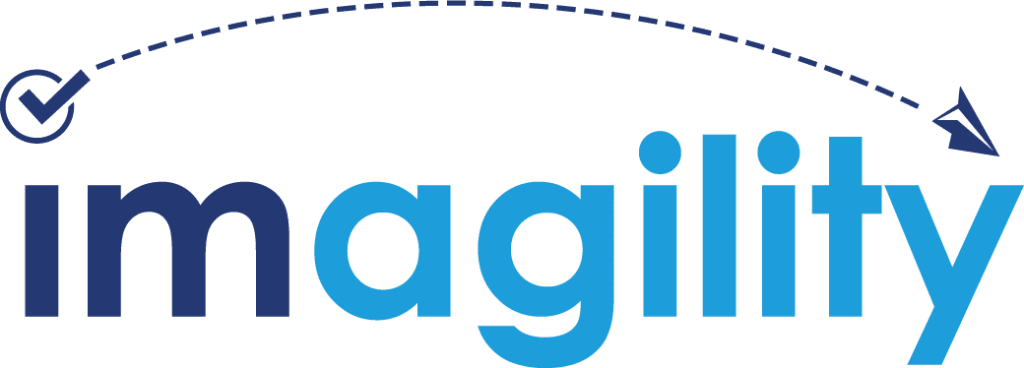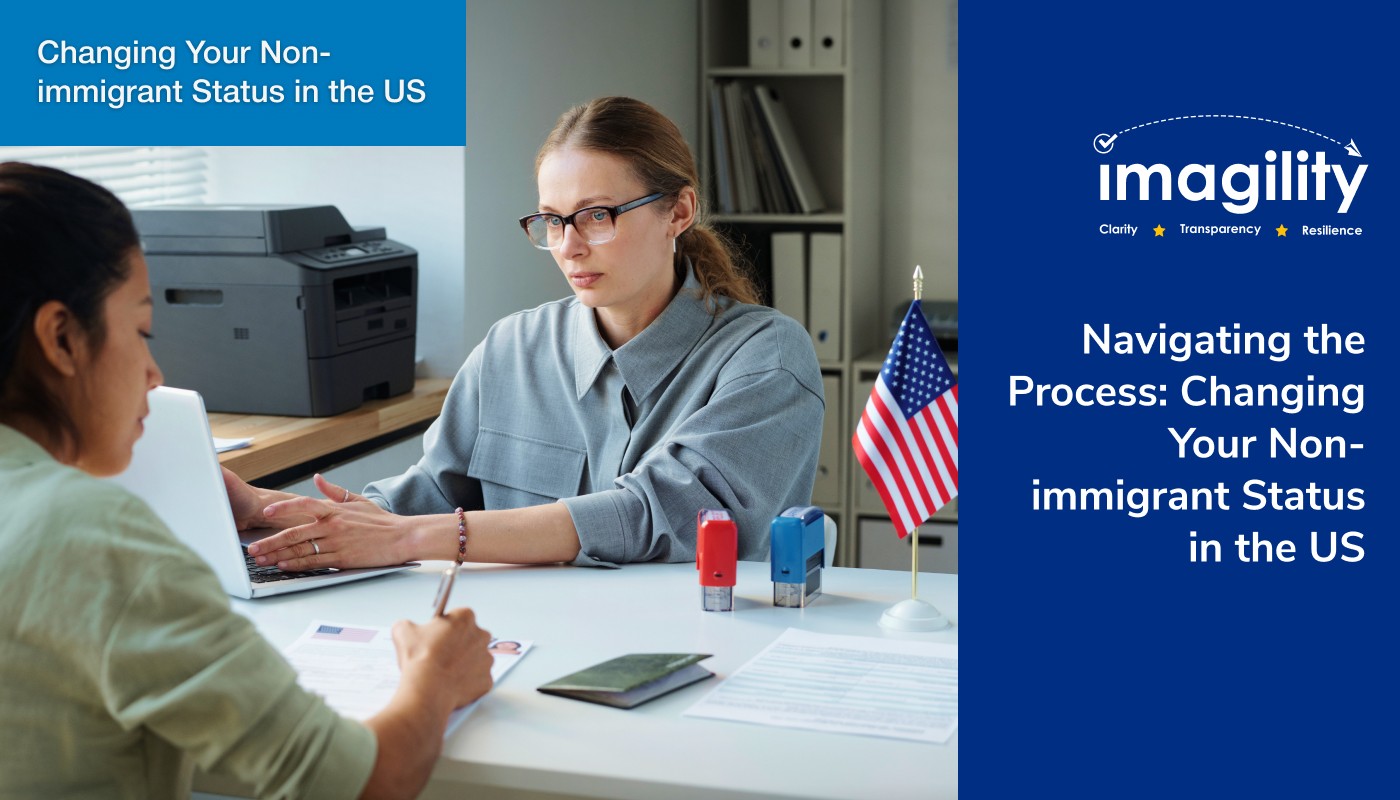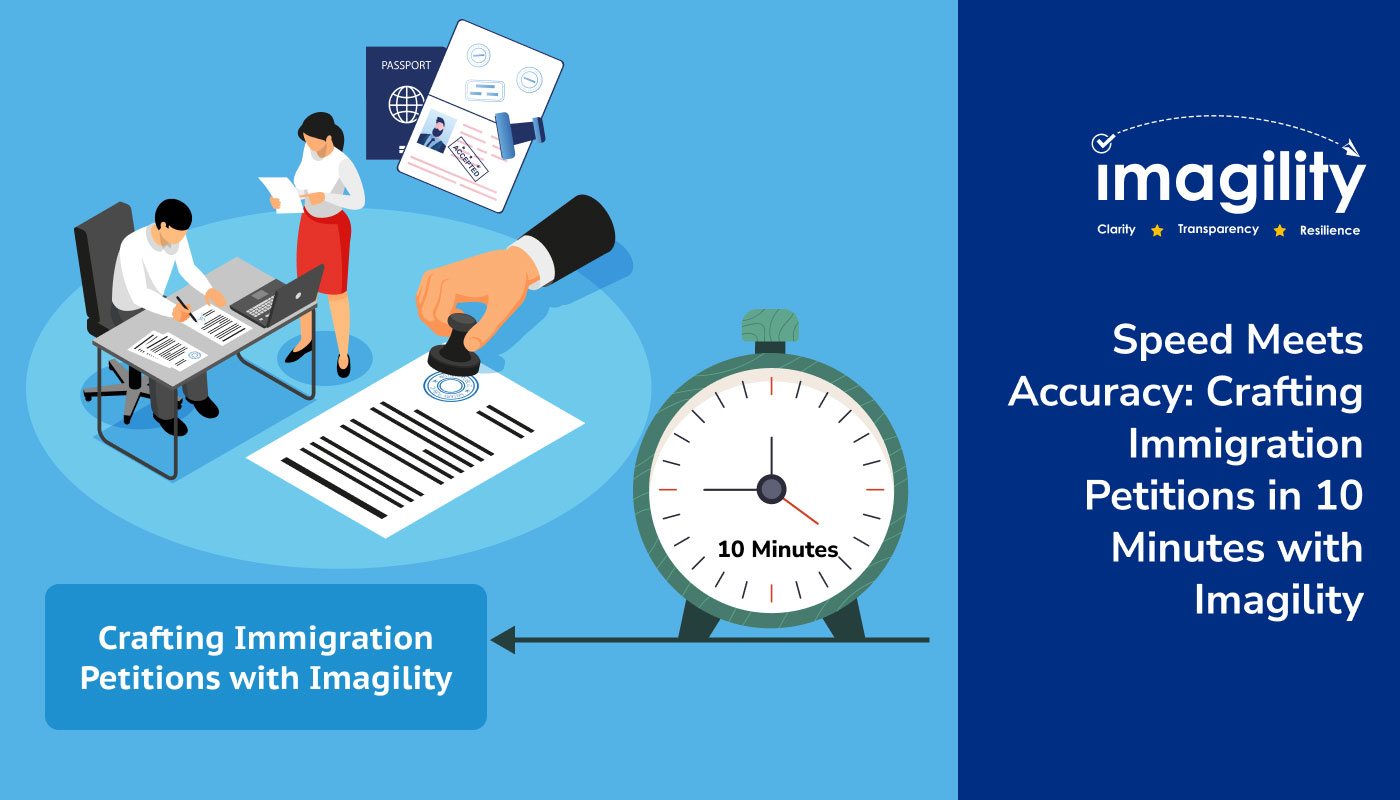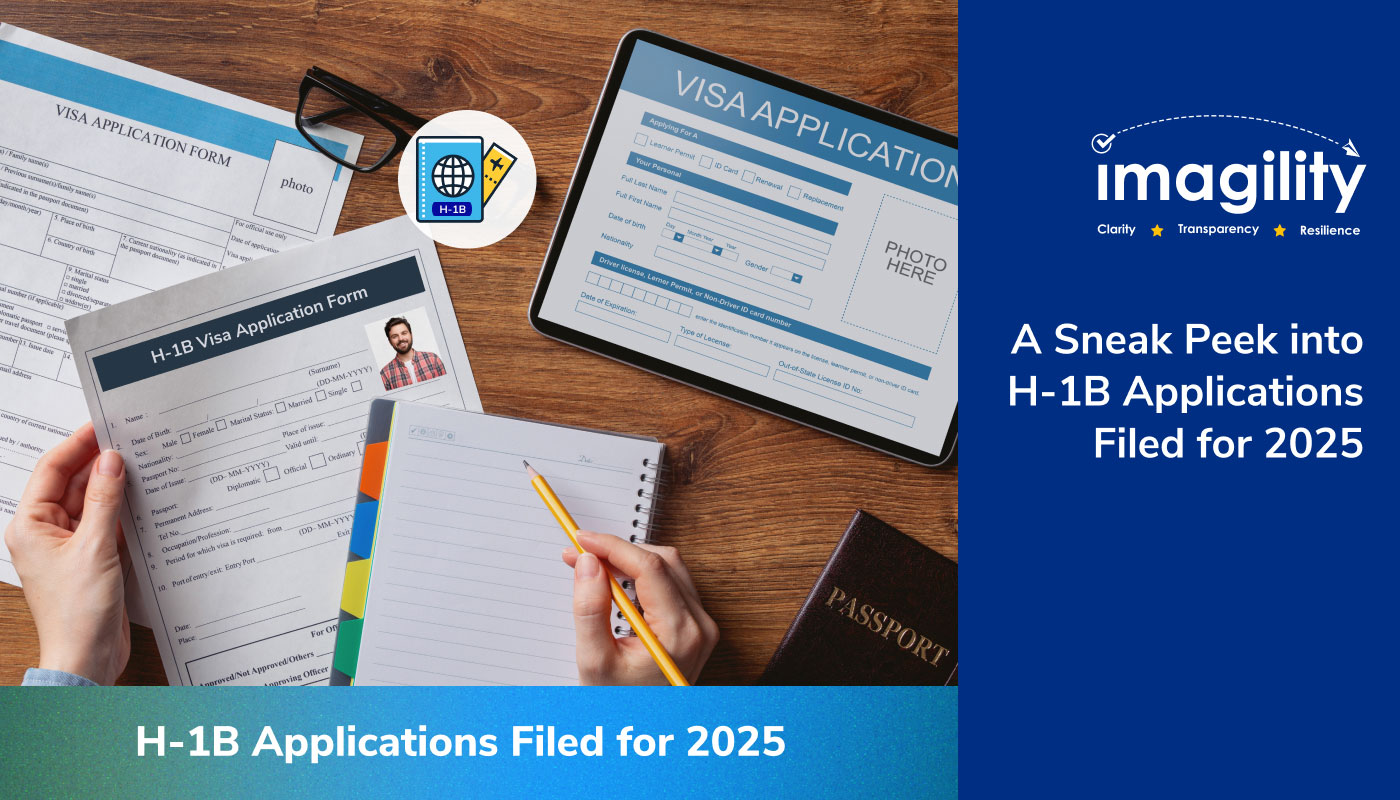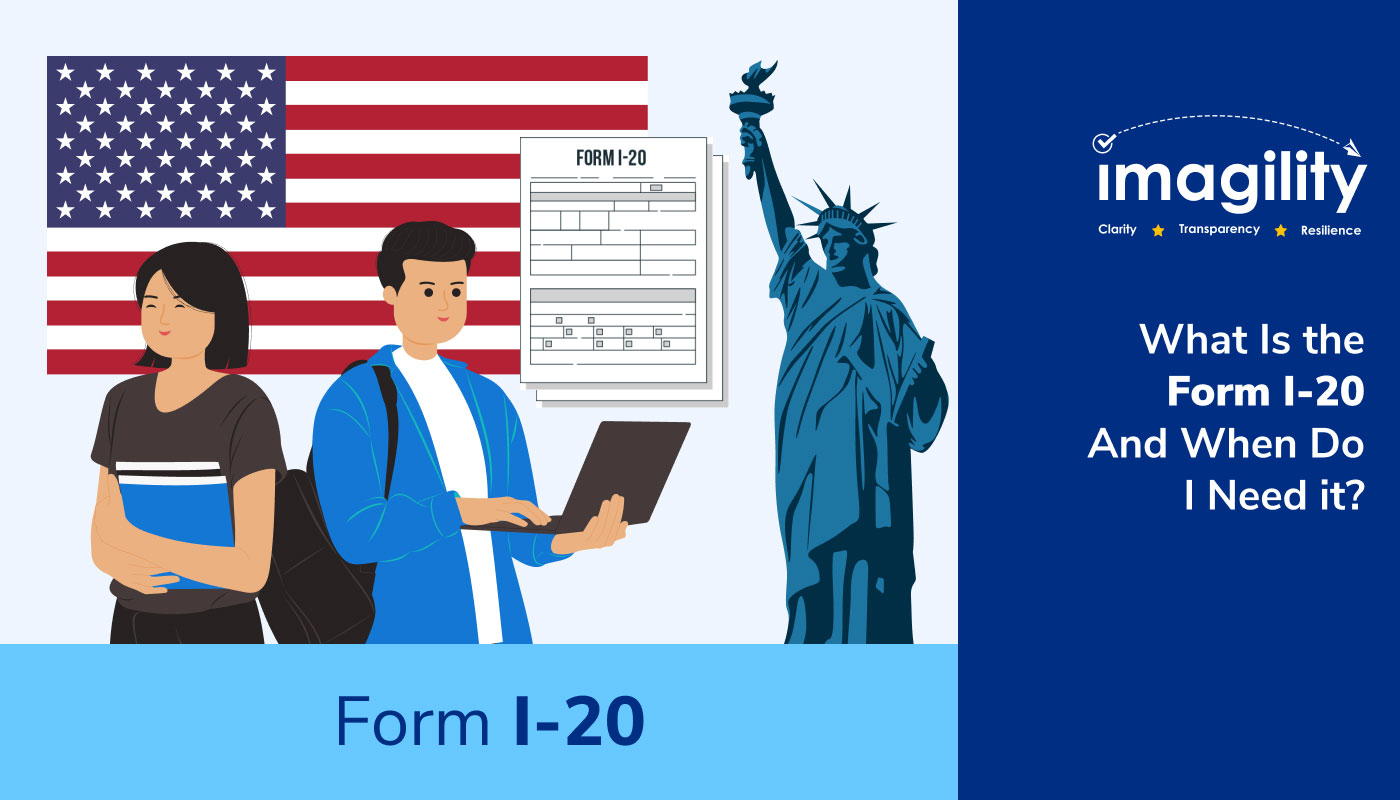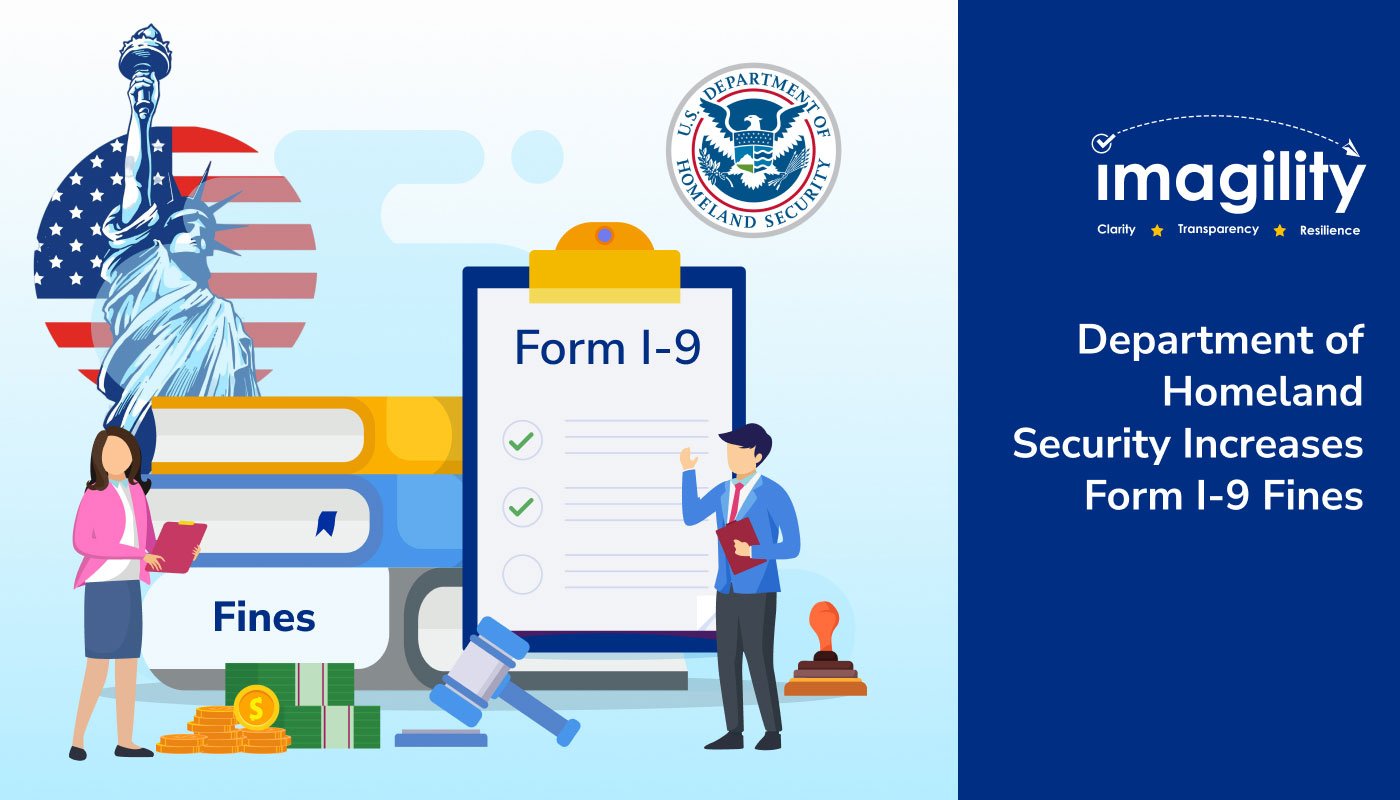Table of Contents
What is Non-immigrant Status?
List of Non-immigrant Visas
Reasons for Changing Non-immigrant Status
Navigating the Process of Changing Non-immigrant Status
Key Tips To Consider
Conclusion
For many, securing a non-immigrant visa is the first step towards realizing their American dreams. However, circumstances may change, leading individuals to seek a change in their non-immigrant status. In this comprehensive guide, we’ll navigate the process of changing non-immigrant status in the US, empowering you to understand the requirements, procedures, and considerations involved in this transition.
But before exploring the process of changing non-immigrant status, it’s essential to grasp the concept of non-immigrant visas and their significance.
What is Non-immigrant Status?
Non-immigrant status refers to the legal classification granted to individuals who temporarily reside for specific purposes, such as tourism, education, business, or employment, with the intention of returning to their home country after a designated period. Non-immigrant status allows individuals to stay for a limited duration and for a specific purpose, typically defined by the terms of their visa.
It is distinct from immigrant status, which grants individuals the right to permanently reside and pursue citizenship. Non-immigrant status may be granted through various types of visas, each tailored to specific purposes and eligibility criteria.
List of Non-immigrant Visas
Let’s take a look at some common non-immigrant visas:
- B-1/B-2 Visa
This visa allows temporary visits for business (B-1) or tourism/medical treatment (B-2) and is typically valid for up to six months.
- F-1 Visa
F-1 visa is designed for international students pursuing academic or language training programs at accredited US institutions.
- J-1 Visa
J-1 visa facilitates cultural exchange programs, including academic study, research, teaching, and internship opportunities.
- H-1B Visa
H-1B visa is granted to skilled workers in specialty occupations, such as IT, engineering, and medicine, with sponsorship from a US employer.
- L-1 Visa
L-1 visa enables multinational companies to transfer employees to US offices in executive/managerial (L-1A) or specialized knowledge (L-1B) roles.
- E-1/E-2 Visa
This visa is reserved for treaty traders (E-1) and treaty investors (E-2) from countries with US commerce treaties.
- O-1 Visa
O-1 visa is intended for individuals with extraordinary ability or achievement in fields such as science, arts, education, business, or athletics.
- TN Visa
Under the NAFTA agreement, Canadian and Mexican professionals can work temporarily in the US if they have a TN visa.
Reasons for Changing Non-immigrant Status
There are various reasons why individuals may seek to change their nonimmigrant status in the US, including:
- Change in Employment
Individuals may wish to switch to a different non-immigrant visa category to pursue new employment opportunities or join a different employer.
- Change in Education
Students may transition from one educational program to another or pursue a different course of study that requires a different visa category.
- Family Considerations
Marriage to a US citizen or permanent resident, or other familial changes, may necessitate a change in immigration status.
- Business Ventures
Entrepreneurs and investors may seek to transition to a visa category that allows them to establish or invest in a business in the US.
Navigating the Process of Changing Non-immigrant Status
Let’s discuss the process of changing non-immigration status.
Determine Eligibility
Before initiating the process, assess whether you meet the eligibility criteria for the desired non-immigrant visa category. Each visa category has specific requirements and limitations, so ensure that you qualify for the intended status change.
Select the Appropriate Form
Depending on the reason for the status change, select the appropriate form for filing with the United States Citizenship and Immigration Services (USCIS). Common forms include Form I-539 (Application to Extend/Change Non-immigrant Status) and Form I-129 (Petition for a Non-immigrant Worker).
Gather Required Documentation
- Compile the necessary supporting documents to accompany your application, such as:
- Passport and visa documents
- Form I-94 (Arrival/Departure Record)
- Evidence of eligibility for the new visa category (e.g., employment offer letter, educational transcripts, marriage certificate)
- Financial documentation demonstrating the ability to support yourself during your stay in the US
- Any additional documents specific to the requested visa category
Complete and Submit the Application
Fill out the applicable forms accurately and completely, ensuring that all required information is provided. Review the instructions carefully and include all necessary supporting documents.
Submit the completed application package to the USCIS along with the appropriate filing fee. Depending on the visa category and individual circumstances, additional fees or requirements may apply.
Attend Biometrics Appointment (if applicable)
If required, attend a biometrics appointment at a USCIS Application Support Center (ASC) to provide fingerprints, photographs, and signatures for identity verification purposes.
Await USCIS Decision
After submitting your application, await a decision from the USCIS regarding your request for a change in non-immigrant status. USCIS processing times vary depending on caseload and other factors.
Follow up and Respond to Requests for Additional Information
Stay informed about the status of your application by monitoring the USCIS Case Status Online tool or by contacting USCIS directly. Be prepared to respond promptly to any requests for additional information such as RFE or documentation from USCIS.
Key Tips To Consider
Below are the key tips to consider while changing your non-immigration status.
- Timing
Initiate the process of changing non-immigrant status well in advance of the expiration of your current status to avoid any gaps in lawful presence.
- Consultation
Seek guidance from an experienced immigration attorney or immigration expert to navigate the complexities of the process and ensure compliance with immigration laws and regulations.
- Maintain Status
Continue to maintain lawful status in the US while your application is pending, and adhere to all visa conditions and requirements.
Conclusion
Changing non-immigrant status in the US can be a complex and intricate process, requiring careful consideration of eligibility criteria, documentation requirements, and procedural steps. By understanding the process and following the outlined guidelines, you can navigate this transition effectively and pursue goals and aspirations in the United States easily.
However, you can also use our AI-enabled immigration software to help you navigate the entire transition process smoothly. The software enables you to create accurate petitions in minutes and analyze the built petitions to ensure they contain crucial information to improve your chances of visa approval.
